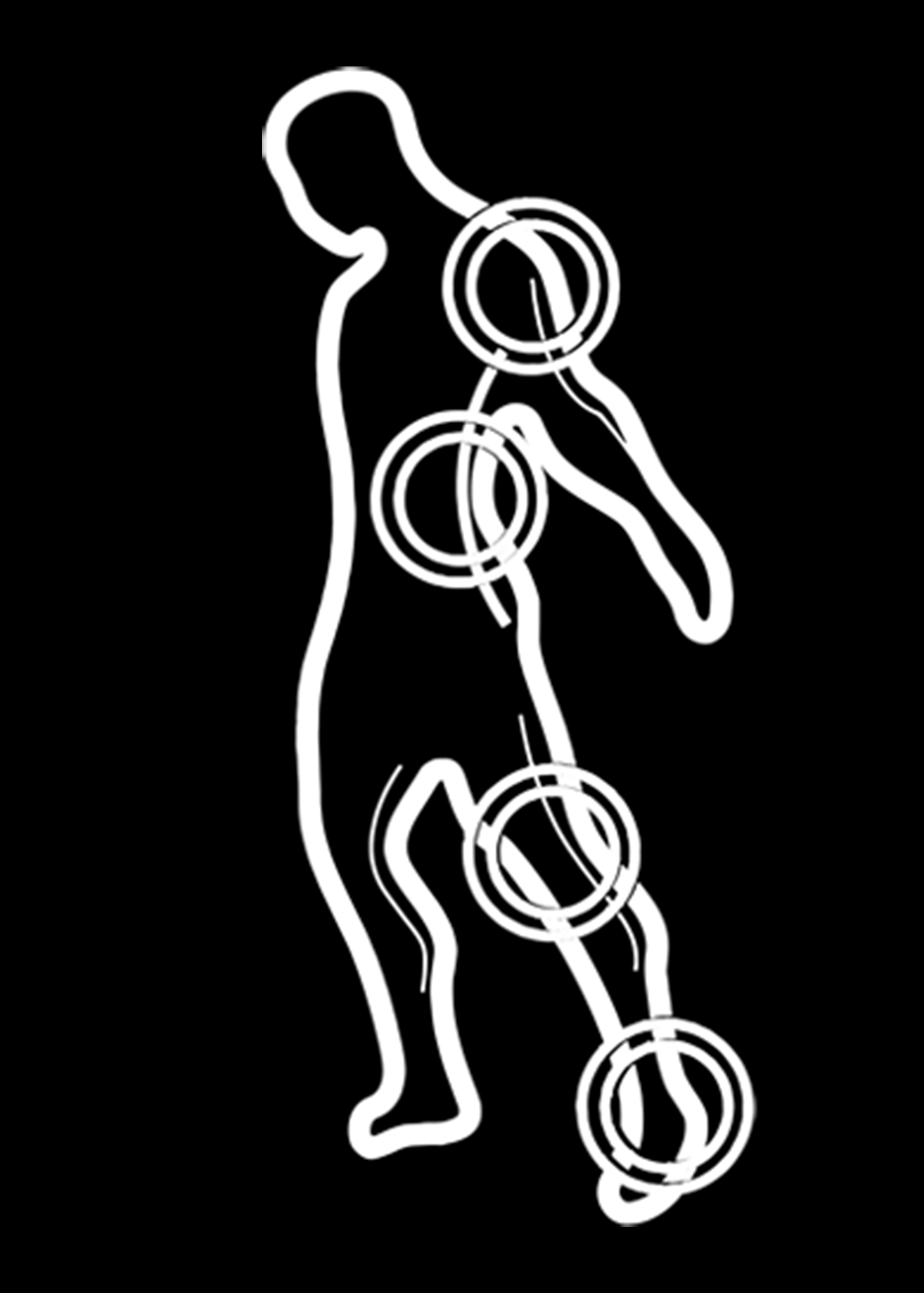Know which muscles comprise the "core"? Neither do I. Because the definition of "core" seems to change with the seasons. Are they your "abs"? If you have a defined rectus abdominus muscle (read: six-pack), do you have a strong core? Which abdominals should you target to have a strong core and avoid back pain and injury? I'm here today to demystify the concept of "core" and give some practical tips to not just look good during beach season, but feel good.
Most people see a six-pack and assume that the person has a nice stable core. Nothing could be further from the truth. There are 3 planes of movement that we need: 1) Transverse plane (think twisting), 2) Sagittal (bending forward and backward) and 3) Frontal plane (reaching to the side). The Rectus Abdominus only gets half of one plane, the sagittal plane. The rectus abdominus attaches from your sternum to your pelvis and helps with getting you up out of bed, scaling a wall, cutting wood with an axe, etc. But what about the other two planes of movement? That is where the Obliques and transverse abdominus come into play.
The obliques (plural because you have two sets of obliques on each side: the external and internal) are a strong rotational muscle as well as sidebender. When they are weak they will usually defer to your back (rotational and sidebending muscles as well) for help. Excessively over worked back muscles lead to strain and worse. The Transverse Abdominus is another muscle that acts a stabilizer of the spine and synches your waist like a corsett.
Your hips are a hugely overlooked core muscle that creates the foundation for the spine. You can have the strongest abs, but without the hips, your abdominals have nothing strong to work off of. They are also your big powerful movers that are used in every rotational sport including baseball, boxing, golf, hockey and the list goes on.
A strong "core" is like an orchestra, comprised of different musicians playing together for one purpose. You do need a strong Rectus Abdominus for the sagital plane, but also strong Obliques for the transverse and frontal plane and Transverse abdominus for that cherry on top, corsett-like stability. Having strong hip muscles, while not conventionally grouped as core muscles are just as important as any abdominal. Without the combination of hip power and abdominal stability, you can look good with your shirt off, but you lack a truly strong "Core".
Dr. Joshua Mazalian, DPT, OCS, CSCS is the owner of JAM Sports and Spine in Los Angeles and specializes in sports and orthopedic physical therapy. You can reach him on Twitter @jamsportsPT and Facebook as well as email at info@jamsportsandspine.com

